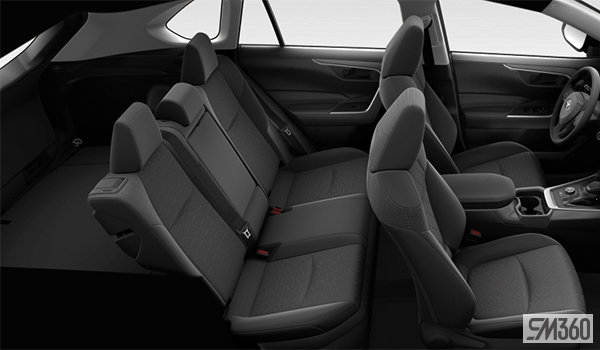

Give the specialists at Nalley Toyota Stonecrest a call at 7706290279 or schedule service online and let one of our technicians and service advisors handle your coolant flush.Įvery vehicle manufacturer, including Toyota has developed its own coolant or requires a unmistakable coolant that is unique to various years and models.

You can buy ready-made mixtures of coolant that already have water another, or you can buy full-strength antifreeze which needs to be diluted with distilled water before being another to the engine system. They need to be combined to create the common coolant. Keep in mind, you never want to pour antifreeze or water by themselves into your engine system. Interestingly enough, this isn't the first time you've heard of ethylene glycol as it is the dominant ingredient in the classical term "antifreeze". In colder climates, this is extraordinarily scrupulous. Water is used to transfer heat while ethylene glycol is used to lower the speedy point of the liquid. Liquid coolants are usually half water and half ethylene glycol. Studded tires, where legally allowed, follow the same recommendations above.Coolant, as it relates to vehicles, is frequently a liquid or gas substance used to regulate the temperature of your engine.Winter tires operated in summer conditions may wear rapidly.Vehicles should never exceed the “top speed” of the lowest speed-rated tire on the vehicle. It is generally acceptable to apply winter tires with a lower speed rating than the Original Equipment/All Season tires for use in winter conditions however, speed should be reduced accordingly. All winter tires applied should be the same speed rating.If winter tires are applied to the rear axle of any vehicle, it is recommended (but not required) that they be installed on the front axle.Do not apply winter tires to only the front axle - this applies to all passenger cars, SUVs and light trucks, including front wheel drive, 4X4 and all-wheel drive vehicles. If winter tires are applied to the front axle of any vehicle, they must also be installed on the rear.Winter tires are best applied to all wheel positions.Some vehicles have specific recommendations regarding winter tires and their usage always check and follow the vehicle tire placard and/or the vehicle owner’s manual. For this reason, winter tires are best applied to all wheel positions. In winter driving conditions, vehicle control - and safe operation - under braking and cornering is especially dependent upon the rear tires. It is important to drive with care, not only on snow and ice, but on dry and wet roads as well. The use of winter tires while improving traction performance in snow and ice - requires special care with regard to acceleration, braking, cornering and speed. NOTE: Winter driving presents special challenges for vehicle mobility.

If you have any questions regarding the correct product for your vehicle, please contact a Customer Service Advisor at your local store who will assist you in selecting the correct size. Some variables, including vehicle modifications, “Plus Size” fitments or search menu selection errors, may result in incorrect data. NOTE: We make every effort to ensure that the following search results are up-to-date and accurately presented. Replacement of tires with a speed rating less than the original equipment tires may reduce performance and handling. Please verify the size listed matches the tire size listed on your vehicle (usually found in the door jamb) or in the Owner’s Manual. Variations based on options or changes by the manufacturer may change the original equipment size on your vehicle. Original equipment sizes are based on the best information currently available to us.

rim width options or if the vehicle is currently equipped with non-original equipment rims.
#2016 toyota rav4 maintenance schedule verification
NOTE: Verification of the vehicle’s rim size must be completed if the vehicle model is available in one or more


 0 kommentar(er)
0 kommentar(er)
